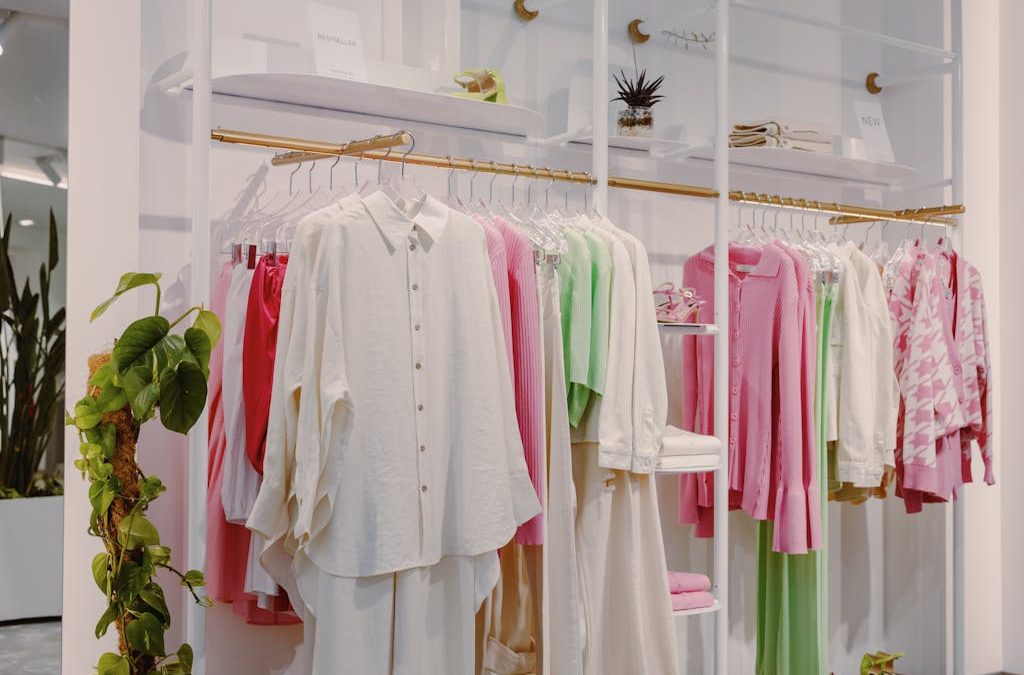
The Rise of Sustainable Fashion
As the global conversation around environmental sustainability intensifies, the fashion industry is undergoing a significant transformation. In 2024, sustainable fashion has moved from the fringes to the mainstream, with more brands and consumers embracing eco-friendly practices. From ethical sourcing to waste reduction, here’s how sustainable fashion is shaping the industry and why it’s important.
The Shift Toward Eco-Friendly Materials
One of the most significant aspects of sustainable fashion is the shift toward eco-friendly materials. Many brands are moving away from synthetic fabrics like polyester, which take decades to break down and contribute to environmental pollution. Instead, they’re opting for organic cotton, linen, hemp, and other natural fibers that are biodegradable and less harmful to the environment.
Recycled materials are also gaining popularity, with companies using recycled plastics and fabrics to create new clothing items. This reduces waste and lowers the demand for virgin materials, making the fashion industry more circular.
Ethical Manufacturing Practices
Sustainability isn’t just about materials; it’s also about how clothing is made. In 2024, more brands are focusing on ethical manufacturing practices, ensuring that workers are paid fair wages and work in safe conditions. This is in response to the growing demand for transparency in the supply chain, with consumers increasingly concerned about the human impact of their fashion choices.
Companies are now more willing to share information about where and how their clothing is made, from sourcing raw materials to final production. Ethical production also includes reducing energy and water consumption in factories, minimizing pollution, and adopting cleaner technologies.
The Rise of Slow Fashion
Fast fashion, characterized by cheaply made, mass-produced clothing, is being challenged by the rise of slow fashion. Slow fashion promotes the idea of buying fewer, higher-quality pieces that are made to last. This movement encourages consumers to invest in timeless styles and durable materials, reducing the frequency of clothing purchases and the overall environmental impact.
Capsule wardrobes, where individuals curate a small collection of versatile clothing items, are becoming more popular as people look to simplify their wardrobes while reducing waste.
Second-Hand Shopping and Vintage Fashion
Another significant trend in sustainable fashion is the rise of second-hand shopping. Thrift stores, vintage shops, and online resale platforms like Depop and Poshmark are booming as consumers look for more eco-conscious ways to shop. Buying second-hand clothing reduces the demand for new production and helps extend the life of garments.
Vintage fashion is also making a comeback, with people embracing unique, one-of-a-kind pieces from previous decades. This trend ties in with the broader movement toward sustainability by promoting the reuse and recycling of clothing rather than contributing to waste.
Rental Fashion: A Sustainable Alternative
Fashion rental services have become increasingly popular in recent years, offering consumers the opportunity to wear designer clothing without purchasing it. In 2024, this trend is expected to grow even more as people look for ways to reduce their fashion footprint.
Rental platforms like Rent the Runway and HURR allow users to borrow high-end clothing and accessories for a fraction of the purchase price, making it a cost-effective and sustainable alternative to buying new items for special occasions.
Technological Innovations in Sustainable Fashion
Technology is playing a crucial role in the rise of sustainable fashion. From biodegradable fabrics made from algae to lab-grown leather, innovative materials are being developed to reduce the environmental impact of fashion. 3D printing technology is also being used to create garments with minimal waste, offering a glimpse into the future of sustainable clothing production.
Blockchain technology is another innovation helping to improve transparency in the fashion supply chain. By tracking materials from source to sale, blockchain allows consumers to verify the ethical and sustainable claims of the brands they support.
Consumer Awareness and Demand for Change
At the heart of the rise of sustainable fashion is the growing awareness and demand for change from consumers. Shoppers are becoming more informed about the environmental and social impact of their clothing choices, leading them to prioritize brands that align with their values.
This shift in consumer behavior has forced many fashion companies to rethink their practices and adopt more sustainable strategies. Brands that fail to address sustainability may find themselves losing market share as consumers increasingly favor eco-friendly options.
Sustainable fashion is no longer just a niche market; it’s becoming a driving force in the industry. From eco-friendly materials and ethical manufacturing to second-hand shopping and technological innovations, 2024 marks a pivotal moment for sustainable fashion. As more brands and consumers embrace these practices, the fashion industry is slowly but surely moving toward a more sustainable and responsible future.











